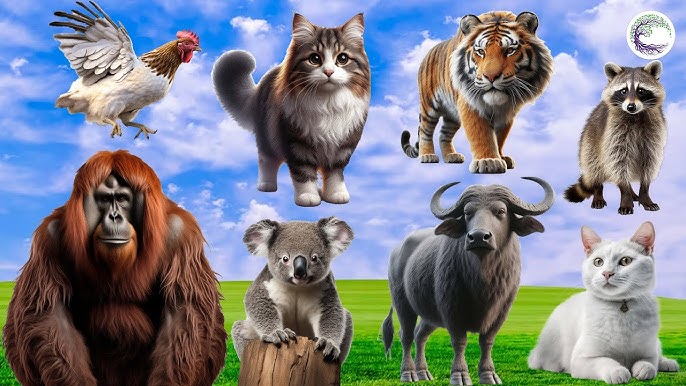888Turnspit
Conditions of detention
Turnspit Dogs were typically kept in kitchens or other work areas where they performed their duties. They were often housed in less-than-ideal conditions due to their status as working dogs.
Useful Fact:
Turnspit Dogs were known for their resilience and ability to adapt to the demanding conditions of kitchen work, but they likely benefited from occasional time outdoors and periods of rest.
Nutrition and diet
As working dogs, Turnspit Dogs required a diet that provided sufficient energy and nutrients to sustain their activity levels. They were likely fed scraps from the kitchen, including meat, bones, and other leftover food.
Useful Fact:
The diet of a Turnspit Dog was not specifically tailored but was composed of whatever was available from the kitchen, reflecting their role as utility animals rather than cherished pets.
Health
Due to their demanding work and the conditions they lived in, Turnspit Dogs may have faced health issues related to overexertion and stress. However, specific health problems of the breed are not well-documented.
Useful Fact:
The physical demands placed on Turnspit Dogs required them to be hardy and robust, but they likely faced challenges related to their working environment, such as joint strain and fatigue.
Grooming and care
Turnspit Dogs had a short, rough coat that required minimal grooming. Basic care would have included occasional brushing to remove loose hair and dirt.
Useful Fact:
Their simple grooming needs were likely secondary to their primary function as working dogs, but regular care would have contributed to their overall well-being.
Education and training
Turnspit Dogs were trained to run in the turnspit wheel, a task that required them to respond to commands and cues from kitchen staff. Training would have focused on developing their ability to maintain a steady pace.
Useful Fact:
Their ability to perform such a specialized task highlights their intelligence and capacity for learning, even if their role was limited to a specific function.
Toys and entertainment
As working dogs, Turnspit Dogs had little time or need for toys. Their entertainment would have been minimal, as they were primarily focused on their kitchen duties.
Useful Fact:
While toys were not a common aspect of their lives, any form of mental stimulation or interaction outside of work would have been beneficial for their mental health.
Safety
Turnspit Dogs worked in potentially hazardous environments, with exposure to open flames and hot surfaces. Ensuring their safety would have involved monitoring their work conditions and providing breaks.
Useful Fact:
Despite their utilitarian role, their safety was crucial for their continued performance and longevity as kitchen workers.
Accessories
The primary accessory for a Turnspit Dog was the wheel they operated within. Beyond this, they would not have had specific accessories tailored to their needs.
Useful Fact:
Their role was so specialized that the wheel became synonymous with their existence, serving as both their workplace and primary piece of equipment.
Socialization
Turnspit Dogs were accustomed to the hustle and bustle of busy kitchens and would have been familiar with various people and animals passing through their environment.
Useful Fact:
Their exposure to a dynamic environment likely contributed to their adaptability and ability to handle stress, although they may not have received the same level of socialization as companion dogs.
Travel and Transportation
Turnspit Dogs were generally confined to the kitchen, with little need for travel or transportation. When movement was necessary, it would have been within the confines of the estate or household.
Useful Fact:
The lack of travel needs meant that these dogs were very much tied to their specific roles and locations, with limited exposure to the outside world.
Behavior and psychology
The Turnspit Dog was known for its work ethic and ability to endure long periods of labor. Their behavior would have been shaped by their role, requiring focus and a willingness to work.
Useful Fact:
Despite their utilitarian role, these dogs likely formed bonds with the people they worked alongside, providing companionship as well as service.
Legal aspects
There were no specific legal regulations governing the ownership or use of Turnspit Dogs, as they were primarily considered part of the kitchen workforce.
Useful Fact:
Their existence as working animals exempted them from many of the considerations given to pet dogs, reflecting the different cultural attitudes towards animals at the time.


